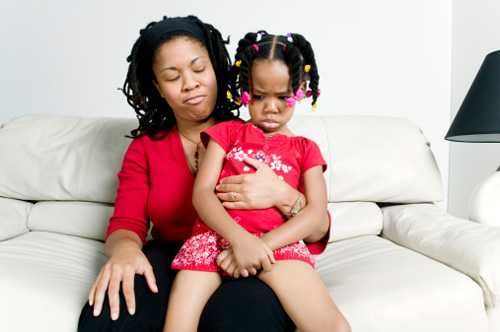Using Consequences for Misbehaviors

A consequence is what happens immediately after a behavior. Consequences can be both positive and negative. Positive consequences show your child she has done something you like. Your child is more likely to repeat the behavior when you use positive consequences. Negative consequences let your child know you do not like what she has done. Your child is less likely to repeat the behavior when you use negative consequences. Negative consequences are also called discipline. Click here for more information on positive and negative consequences.
The five steps for using consequences to stop misbehavior are listed below.
- Step 1: Identify the misbehavior.
- Step 2: Give a warning.
- Step 3: Give a consequence.
- Step 4: Tell them why.
- Step 5: Go back to positive communication.
- Page last reviewed: May 19, 2014
- Page last updated: May 19, 2014
- Content source:


 ShareCompartir
ShareCompartir